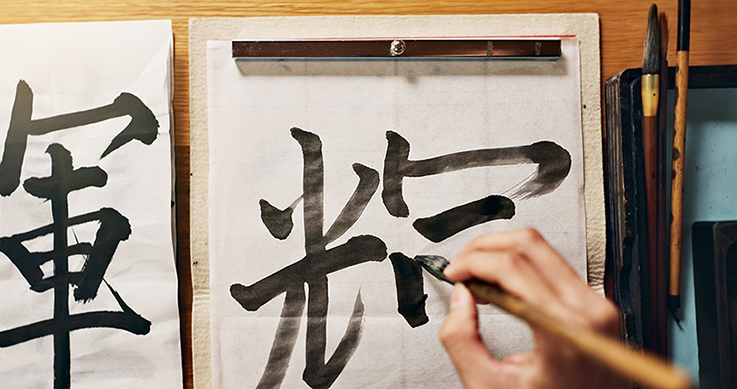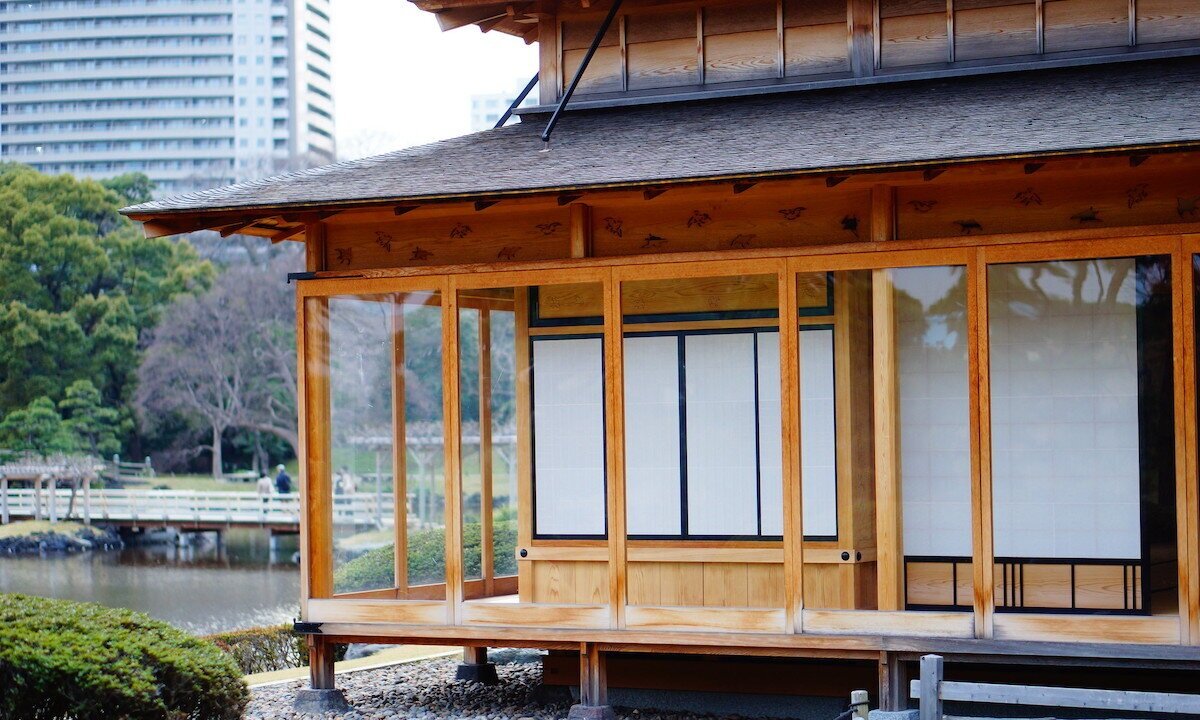The Edo period (1603–1868) in Japan was a time of relative peace and stability under the Tokugawa Shogunate. During this era, many castles were constructed across the country, serving not only as military fortifications but also as symbols of power and governance. Today, many of these Edo-period castles have been remarkably well-preserved, offering a glimpse into Japan’s feudal past. If you’re a history enthusiast or a traveler interested in Japan’s cultural heritage, visiting these castles is a must. In this article, we’ll explore some of the best-preserved castles from the Edo period, highlighting their historical importance, architectural features, and the efforts taken to preserve them.
1. Himeji Castle (Hyogo Prefecture)
Often referred to as the “White Heron Castle” due to its striking white exterior, Himeji Castle is one of Japan’s most iconic and well-preserved castles. Located in Hyogo Prefecture, it stands as a symbol of Japanese feudal architecture. Built in the early 17th century, Himeji Castle is one of the few castles that has retained its original structure, despite wars, natural disasters, and modernization.
The castle features a complex design, with multiple levels and intricate wooden construction. Its defensive features include steep stone walls, hidden paths, and strategically placed towers. The main keep, or tenshu, is an architectural masterpiece, offering stunning panoramic views of the surrounding city. In 1993, Himeji Castle was designated a UNESCO World Heritage site, recognizing its significance as a well-preserved example of Japanese feudal architecture.
2. Matsumoto Castle (Nagano Prefecture)
Matsumoto Castle, also known as the “Crow Castle” due to its black exterior, is one of Japan’s oldest and most famous castles. Located in Nagano Prefecture, it was originally built in the late 16th century during the Warring States period and later enhanced during the Edo period. The castle’s distinctive black and white color scheme, along with its elegant and functional design, has earned it a place among Japan’s most important historical sites.
Matsumoto Castle is known for its well-preserved keep, which has remained virtually unchanged since the Edo period. The castle is built on a flat terrain, unlike many other Japanese castles that are situated on hills or mountains. Its deep moats, defensive stone walls, and strategic watchtowers made it a formidable stronghold during the feudal era. Today, the castle remains one of the few original wooden keeps in Japan, and it continues to attract visitors from around the world.
3. Nagoya Castle (Aichi Prefecture)
Nagoya Castle, located in Aichi Prefecture, was constructed during the early years of the Edo period under Tokugawa Ieyasu. While much of the castle was destroyed during World War II, the main keep was rebuilt in the 1950s, and extensive efforts have been made to preserve its historical features. Nagoya Castle is known for its distinctive golden shachihoko (mythical fish with the head of a tiger and the body of a carp), which sit atop the keep’s roof.
The castle’s grounds include beautifully landscaped gardens, stone walls, and impressive gates that offer a glimpse into its feudal past. Nagoya Castle played an important role during the Edo period as a military base and administrative center for the Tokugawa clan. Today, the castle serves as a museum and cultural hub, showcasing a vast collection of samurai armor, artifacts, and historical documents.

4. Kumamoto Castle (Kumamoto Prefecture)
Kumamoto Castle, located in Kumamoto Prefecture, is one of the most well-known and historically significant castles in Japan. Built in the early 17th century by the powerful Kato family, the castle is an exemplary example of Edo-period military architecture. The castle’s vast grounds include numerous gates, watchtowers, and defensive walls, along with the main keep, which once boasted impressive views of the surrounding landscape.
Although Kumamoto Castle sustained significant damage during the 2016 Kumamoto earthquake, efforts are ongoing to restore and preserve the structure. Despite the damage, the castle remains a symbol of the resilience of the people of Kumamoto and continues to draw visitors. The castle’s well-maintained gardens and beautiful cherry blossoms in the spring add to its appeal.
5. Kanazawa Castle (Ishikawa Prefecture)
Kanazawa Castle, located in Ishikawa Prefecture, was the seat of the powerful Maeda clan during the Edo period. The castle was built in the early 17th century, and its strategic location allowed the Maeda clan to control the Hokuriku region. Kanazawa Castle is known for its expansive grounds, elegant gates, and beautifully restored structures, which offer a glimpse into the grandeur of the Edo period.
One of the standout features of Kanazawa Castle is its impressive stone walls, which are made from large, irregularly shaped stones carefully arranged to create an impenetrable defense system. The castle’s main keep was rebuilt in the 20th century, but the surrounding structures, such as the guardhouses, gates, and turrets, have been meticulously preserved. Today, Kanazawa Castle is a major cultural and historical attraction, drawing visitors interested in Edo-period history and architecture.
6. Edo Castle (Tokyo)
Edo Castle, now part of the Imperial Palace in Tokyo, was the center of political power during the Tokugawa Shogunate. Although most of the original structures of Edo Castle were destroyed over time, the site remains historically significant. The castle served as the headquarters of the Tokugawa Shoguns and was the largest castle in Japan, with extensive grounds that included gardens, walls, and moats.
While much of the original castle has been lost, the remaining structures—such as the stone walls, gates, and a few restored buildings—provide a glimpse into the grandeur of the Edo period. Edo Castle’s historical importance cannot be overstated, as it played a key role in the administration of Japan during the Tokugawa era. Today, the grounds of the Imperial Palace, with its well-maintained gardens, are open to the public, allowing visitors to explore the heart of Japan’s political history.
Conclusion
The best-preserved Edo-period castles in Japan offer a unique opportunity to step back in time and experience the grandeur of Japan’s feudal era. From Himeji Castle’s majestic white walls to the black beauty of Matsumoto Castle, these historical fortresses serve as a testament to the ingenuity and artistry of Japanese architects and engineers during the Edo period. Whether you’re fascinated by military architecture, samurai history, or simply the beauty of these iconic structures, a visit to these castles is an enriching experience that brings Japan’s rich history to life.











